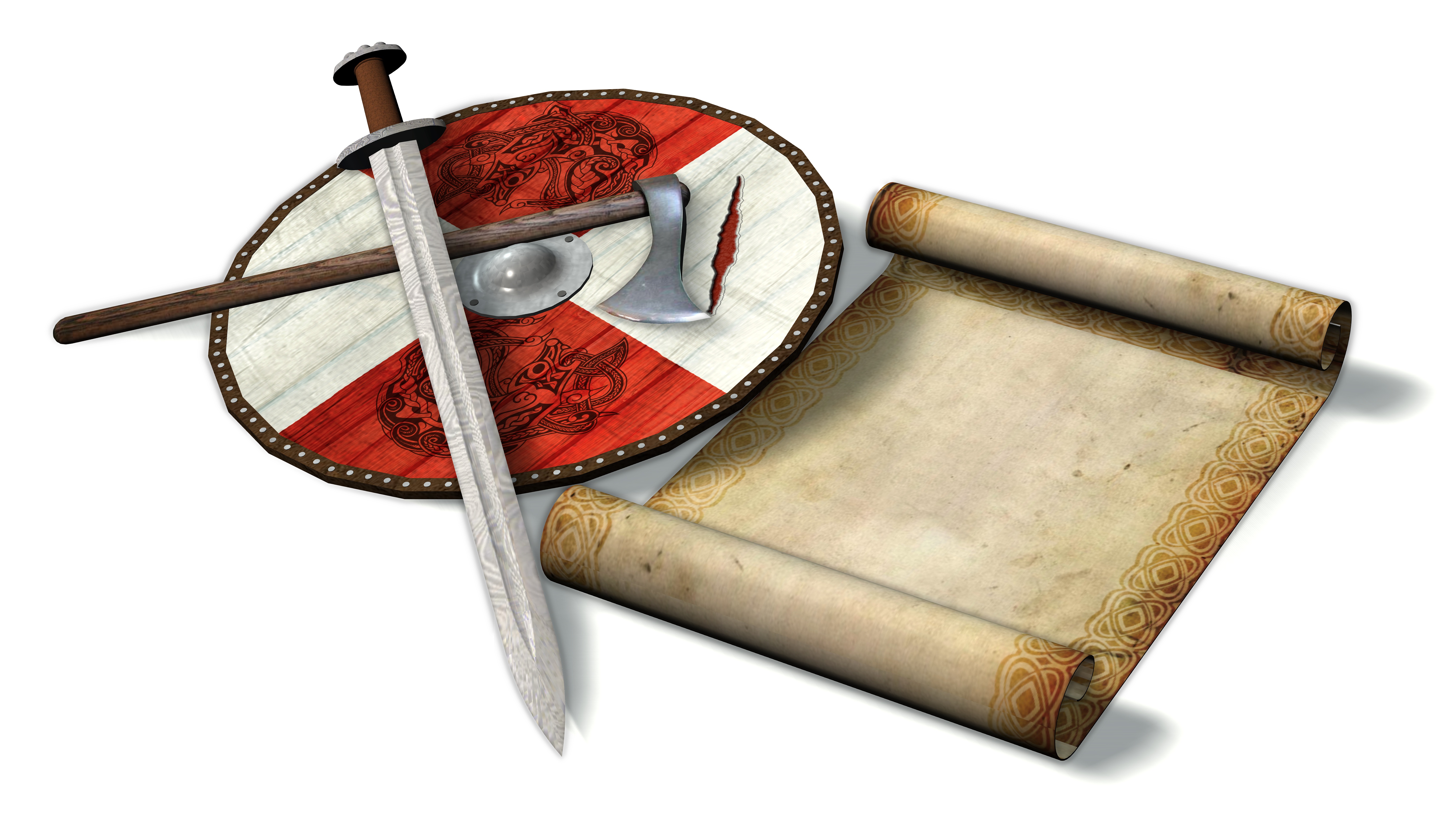
The Age of the Vikings by Anders Winroth provides lots of enjoyable information on the Viking Age.
The author suggests that much of what we think we know about the Vikings is “skewed, exaggerated, or simply misunderstood. “ He wants to challenge some of the over-the-top stories we hear.
One factor he suggests we keep in mind is the Medieval ages were incredibly violent. He suggests the Vikings were no more violent than other leaders of the time, specifically Charlemagne.
The reports of their raids, normally written by the victims, suggest they were unusually ruthless, unusually successful, unusually destructive.
In contrast to common lore, the author suggests they were just as destructive and just as brutal as all the other people groups of the time.
One of the major differences in the Viking raids was their speed. Author points out medieval armies oh, especially the Carolingians and Bretons, were on foot and traveled at a speed he suggested could be categorized as a “lumbering.” This means word of the advancing army preceded them allowing the monks and peasants to hide their valuables and flee a long time before the plodding armies arrived.
In contrast, the strategic advantage of Vikings was their longships which moved far faster than armies. This means they could appear with no warning and leave with their loot before the militia could even gather, let alone engage.
Exaggeration
He also points out the accounts we have were often written well after the fact or written by victims of raids. This should make us wonder about overstatement or exaggeration.
As an illustration he describes a raid on Nantes. The contemporary reports say
“the heathens mowed down the entire multitude of priests, clerics, and laity.”
Well, almost. It was the “entire multitude” except for those who were still around and who still had the funds to pay ransom for many of those still alive yet captured. Likewise they carted off all the wealth except of course for what was left to use as the ransom. Author suggests we should be skeptical of words like
“Lay waste
Slaughter
Ravage
Wreak destruction
Devastate”
Perhaps, just perhaps, those words have a lot of rhetorical exaggeration.
How to interpret a “blood eagle”
Likewise with that story about English king Ella having been captured in battle and executed by the legendary “blood eagle.”
A blood eagle, according to legend, is a brutal technique in which a persons back is cut open, all the ribs broken at the spine, the rib cage expanded, and the lungs pulled out of the chest cavity. The resulting appearance for the few minutes left before death would suggests an eagle with its wings spread.
Legend continues to say this was carried out by Ivar Boneless as retaliation for Ella’s execution of his father, Ragnar Lothbrok.
There are a few problems with this legend.
First, is that according to the author there are no contemporary accounts for anything unusual in the death of King Ella. He is reported to have died on the battlefield, which the author points out was quite a common occurrence.
Keep in mind kings and Viking leaders led from the front. After all, if they were not brave enough to engage in the fight personally, why should anyone follow them?
Second issue is the main comment pointing to the brutal execution is a poem not written until the 11th century by Sigvat Thordason. He said “…and Ivar, he who resided in York, caused the eagle to cut Ella’s back.”
The problem here is poetic language. The Vikings normally referred to death using some euphemism like “feeding the eagle.” An illustration might be constructing a stone memorial to a loved one which says something like “Ole sailed east / seeking fortune in Miklagaard / there he fed the eagle.” That means Ole headed off to Constantinople to make a fortune, dying somehow on the trip, thus his corpse provided food for scavenging birds.
So that poetic comment many generations later means it is possible that one of Ivar’s warriors killed King Ella and they left his corpse on the field to feed the eagle or he may have captured him and been executed in a viciously brutal manner. The author says both options are possible by that verbal description, but the more likely option is a battlefield death.
On a practical basis the possibility of someone surviving a supposed ‘blood eagle’ long enough to extract both lungs seems like a really long stretch to me.